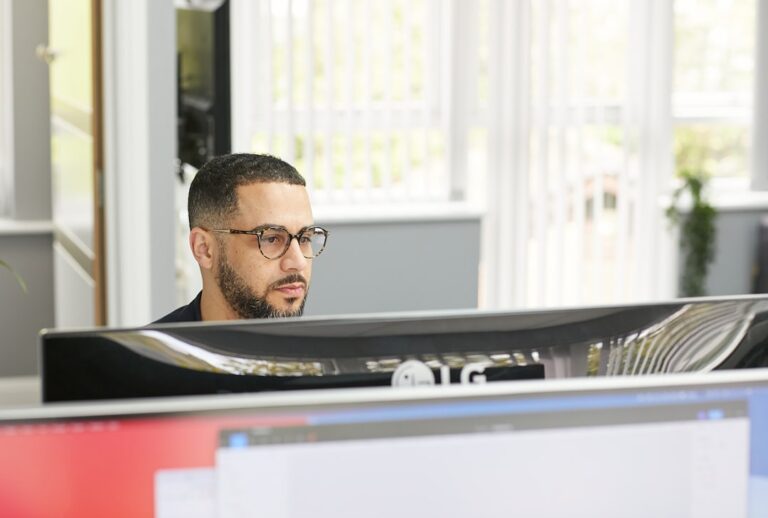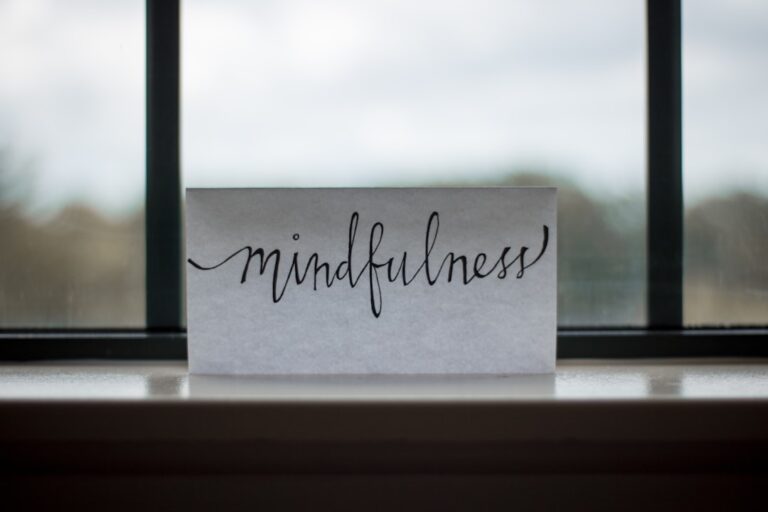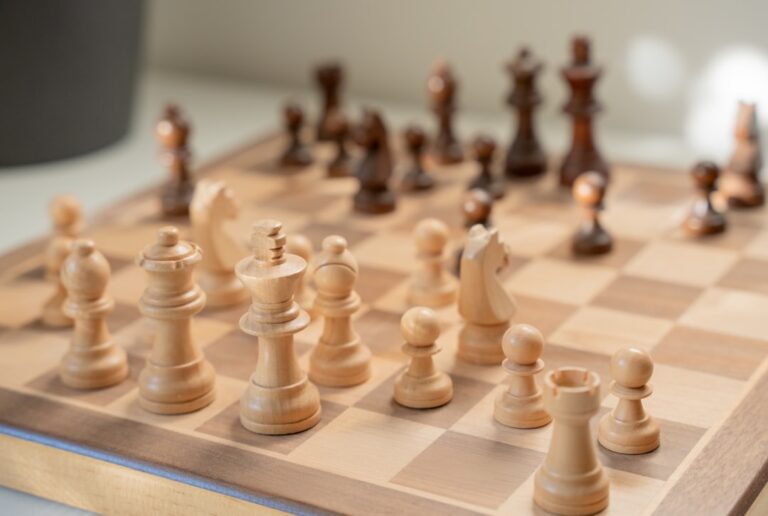
Making a big decision can feel paralyzing, can't it?
You stand at a crossroads, and every path looks foggy. Your brain floods with what-ifs, doubts, and the endless opinions of others. I’ve been there more times than I can count. For years, my life was a series of poor decisions. I chose gaming over responsibility, binge eating over health, and distraction over purpose. The thought of making a truly good, life-altering choice felt impossible because I didn't even know how to start.
But learning to make better decisions isn't a secret skill for the super-successful. It's a muscle you can build. It starts by getting the noise out of your head and using a simple framework to see things clearly. These mental tools, or "decision trees," helped me climb out of a deep hole, lose over 110 pounds, and build a life I am truly grateful for.
They can help you too.
Why We Get Stuck
Before we get to the tools, let's talk about why we freeze up. Usually, it's not a lack of options but a fear of them. We fear making the "wrong" choice. We fear regret. We fear what other people will think.
This leads to something called analysis paralysis. You research so much and think so hard that you end up doing nothing at all. The key is to break that cycle. You don't need more information. You need a better way to process the information you already have.
20 Ways to Make a Clearer Choice
Think of these as different lenses to look at your problem. You don't need to use all of them for every choice. Just pick one or two that feel right for the situation you’re facing.
- The Simple Pro/Con List. The classic for a reason. Get it all out on paper.
- The 10-10-10 Rule. How will I feel about this decision in 10 minutes? 10 months? 10 years? This gives you incredible perspective.
- The Regret Minimization Test. Which path will I regret less when I'm 80 years old? This is great for big, life-changing decisions.
- The Mentor Method. What would someone I respect do? This could be a parent, a wise friend, a boss, or a spiritual guide.
- The "Letter to a Friend" Trick. Write out your problem and your options as if you were giving advice to your best friend. We often give better advice to others than to ourselves.
- The Worst-Case Scenario Game. What is the absolute worst that could happen? Seriously. Write it down. Often, it’s not as scary as you think, and you can make a plan to handle it.
- The Simplify and Cut Method. If you have five options, force yourself to get rid of three. Now your choice is between A and B, which is much easier to handle.
- The Trial Period. Can you test your decision on a small scale? Before committing to a huge change, try it for a week and see how it feels.
- The Gut Check. After you've prayed and reasoned, what does your gut—your God-given intuition—tell you? Don't ignore it.
- The Values Alignment Check. Does this decision line up with my core values and my faith? If the answer is no, the choice is already made.
- The "Sleep On It" Rule. Never make a major decision when you're emotional, angry, or exhausted. A good night's sleep offers amazing clarity.
- The Information Diet. Set a deadline for research. After that, you have to make a choice with the information you have. No more Googling.
- The Impact Circle. Who does this decision affect besides me? Consider your family, your friends, and your community.
- The "Define the Real Problem" Step. Are you trying to solve the right problem? Sometimes we focus on a symptom instead of the root cause.
- The One-Way vs. Two-Way Door. Is this decision easily reversible (a two-way door) or permanent (a one-way door)? Spend more time on the one-way door decisions.
- The "Flip a Coin" Reveal. This isn't about letting the coin decide. It's about how you feel when the coin is in the air. In that split second, you’ll realize which outcome you are truly hoping for.
- The Best-Case Scenario Vision. What does success look like? Get excited about the potential positive outcomes. Let that vision pull you forward.
- Second-Order Thinking. Ask yourself, "And then what?" Think about the consequences of the consequences.
- Seek Wise Counsel. The Bible says there is safety in a multitude of counselors. Talk to someone trustworthy who has your best interests at heart.
- Prayer and Stillness. Take the decision to God. Spend time in quiet prayer asking for wisdom and guidance. This is the most powerful tool of all.
Putting It Into Practice
When I decided I needed to lose weight, the goal of "losing 110 pounds" was terrifying. It was too big. I was paralyzed. So instead of focusing on the huge outcome, I used a few of these methods to make smaller, daily decisions.
I used the Trial Period method (#8). I told myself, "Just for this week, I will go for a 15-minute walk every day and cut out soda." It wasn't "I will work out for two hours every day forever." It was a small, testable choice. After a week, it felt good, so I kept going.
I also used the Regret Minimization Test (#3). I thought about being 40, 50, or 60 years old. I knew I would deeply regret not taking care of my body when I had the chance. The pain of discipline felt so much smaller than the pain of that future regret. Those small, clear decisions, made one at a time, eventually added up to a completely new life.
The Ultimate Decision Filter
For me, every one of these tools works best when it’s built on a solid foundation. My foundation is my Christian faith. Before I make a pro/con list, before I ask what I might regret, I take it to God in prayer.
I ask a simple question: "Does this decision bring me closer to You or move me further away?"
This single question has become my ultimate filter. It has guided me away from destructive habits and toward a life of purpose and peace. It simplifies the most complex choices because it centers them on what truly matters for eternity.
So as you face your next crossroads, don't let fear paralyze you. You are capable of making good, wise choices.
What’s one small decision you’re facing right now? Pick one tool from this list and try it today.





